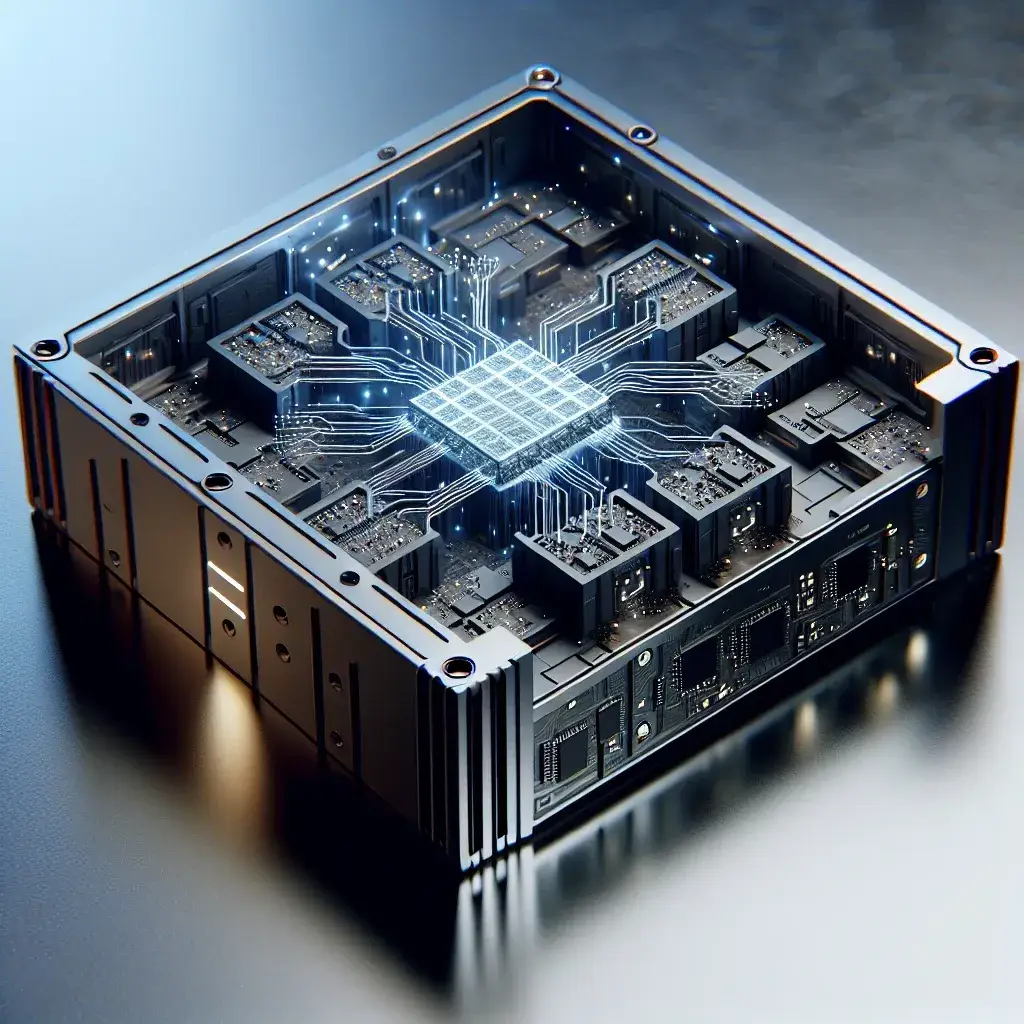Introduction
In the digital age, the protection of sensitive data has become paramount. Businesses, government entities, and individuals alike face threats from cybercriminals and malicious insiders. To combat these threats, hardware security modules (HSMs) have emerged as a vital technology, offering unparalleled security through various mechanisms, including self-destructing circuits. This article delves into how HSMs operate, their historical context, advantages, challenges, and future implications in the realm of data security.
Understanding Hardware Security Modules
Hardware Security Modules are physical devices designed to manage digital keys, accelerate cryptographic processes, and provide a secure environment for sensitive data. They are utilized in various industries, including finance, healthcare, and telecommunications, to protect critical information from unauthorized access.
The Role of HSMs in Data Protection
- Key Management: HSMs securely generate, store, and manage cryptographic keys.
- Data Encryption: They encrypt sensitive information, ensuring data confidentiality.
- Digital Signatures: HSMs create and validate digital signatures, providing integrity and authenticity to digital transactions.
Self-Destructing Circuits: The Future of Tamper Resistance
At the heart of many advanced HSMs lies the concept of self-destructing circuits. These circuits are designed to protect the device from physical tampering attempts, which are one of the most significant threats to data security. The primary function of these circuits is to ensure that if an unauthorized person tries to access the HSM, the device will self-destruct, making the data irretrievable.
How Self-Destructing Circuits Work
The mechanism behind self-destructing circuits is both ingenious and effective. Here’s how it typically works:
- Tamper Detection: HSMs are equipped with sensors that can detect when someone attempts to open or alter the device.
- Triggering Mechanism: Upon detection of tampering, a triggering mechanism activates, which may involve incinerating the internal components or erasing the cryptographic keys stored within.
- Immediate Response: The response is swift; within milliseconds, the device ensures that no information remains accessible, rendering any sensitive data useless to prying eyes.
Historical Context of HSMs and Self-Destructing Circuits
The concept of hardware security has evolved significantly since the early days of computing. Initially, data security relied heavily on software solutions, which proved vulnerable to various attacks. The introduction of HSMs revolutionized the field, providing a physical layer of security that was previously lacking.
The evolution of self-destructing circuits can be traced back to concerns over the increasing sophistication of hacking techniques. As cyber threats became more advanced, security solutions needed to keep pace. Self-destructing circuits emerged as a cutting-edge solution, combining physical security with advanced technology.
Timeline of Development
- 1980s: Initial concepts of hardware security begin to surface.
- 1990s: The first commercially available HSMs enter the market.
- 2000s: Introduction of self-destructing mechanisms in response to increased hacking threats.
- 2010s: Advancement in tamper-resistant technologies and widespread adoption in critical sectors.
Advantages of Self-Destructing Circuits in HSMs
Self-destructing circuits offer several advantages that enhance the security landscape:
- Enhanced Security: By ensuring that sensitive data cannot be accessed if tampering is detected, organizations can mitigate risks significantly.
- Deterrent Effect: The knowledge that a device will self-destruct can deter potential attackers from attempting physical breaches.
- Regulatory Compliance: Many industries are governed by strict regulations regarding data security. HSMs with self-destructing circuits can help organizations meet these compliance requirements.
Challenges and Limitations
Despite their numerous advantages, HSMs with self-destructing circuits are not without challenges:
- Cost: The implementation of HSMs can be expensive, particularly for smaller organizations.
- Complexity: The integration of HSMs into existing security frameworks can be complex and require specialized knowledge.
- Potential for Accidental Activation: There is a risk of accidental self-destruction, which could lead to data loss.
The Future of Hardware Security Modules
As data security threats continue to evolve, the future of HSMs looks promising. Innovations in technology, such as the integration of artificial intelligence and machine learning, are likely to enhance their capabilities further. Here are some trends to watch:
- AI and Machine Learning: These technologies may enable HSMs to predict and respond to potential threats in real-time.
- Cloud Integration: As more businesses move to the cloud, the demand for HSMs that can operate in cloud environments will increase.
- Improved User Interfaces: Simplifying the management of HSMs will make them more accessible to organizations of all sizes.
Real-World Applications
HSMs are employed in various sectors, showcasing their versatility and effectiveness:
- Banking and Finance: HSMs are used to secure transactions and protect customer information.
- Healthcare: They secure patient data and ensure compliance with regulations such as HIPAA.
- Government: HSMs protect sensitive government communications and classified information.
Conclusion
Hardware security modules equipped with self-destructing circuits represent a cutting-edge solution to the ever-increasing threats of data breaches and cyber-attacks. By resisting physical tampering through innovative technology, HSMs provide companies with the peace of mind needed to operate securely in today’s digital landscape. As technology advances, so too will the capabilities of HSMs, ensuring that they remain at the forefront of data protection strategies worldwide.

